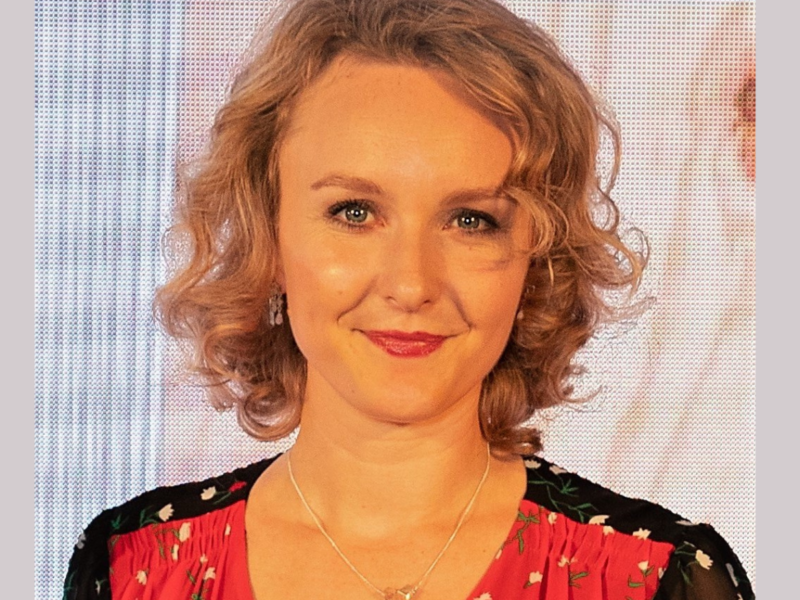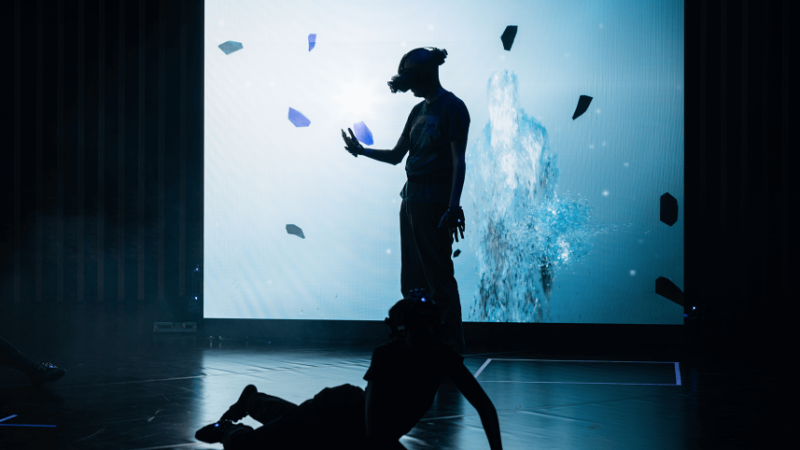Safeguarding users of digital projects
Just like how GDPR impacted attitudes around online safety, the incoming Online Safety Act will be a catalyst for broad cultural change in regard to ethics and online safety. The arts will not be immune from this change. We asked BAFTA-winning, immersive media specialist Catherine Allen for an insight into the changes.
The Online Safety Act is coming
In the last year or so, you may have heard about the Online Safety Act and its passage through parliament – perhaps hearing the debate around what should be included, what shouldn’t and the important balances to be made between privacy, freedom of speech, and user safety. The act will be enforced by Ofcom and has a broad scope, totalling almost 50,000 words long. Something that wasn’t discussed so much in the public debate around it was how it will impact different sectors other than large tech companies when it comes into force at the end of this year. It is yet to be seen specifically how the Act will affect the arts and heritage sectors, but what we can see is that, like with GDPR, the Act will instigate a broader cultural change surrounding the ethics of digital projects and the impact of this work on end users.
Cultural organisations must be ready for this change. They must not only know if their digital projects are in scope of the act, but also be prepared for the change in audience expectations that will come.
The power and risk profile of digital work
Digital work can be really powerful – and in very different ways to in-person audience experiences. Therefore, the risk profile is different. Just like physical work, your digital arts project can have a serious impact on someone’s life or society as a whole, but the nature of this impact can be fundamentally different, involving a unique set of risks and considerations.
In contrast to physical exhibitions, where the physical and emotional safety of attendees is often well monitored by in-person staff, digital experiences require different techniques for ensuring user safety.
As Arthur C. Clarke’s third law of technology states, “any sufficiently advanced technology is indistinguishable from magic”. Magic is powerful, but as many cautionary tales tell us, it must be treated with responsibility.
What’s covered in the online safety act?
A big question you might have is ‘will the Act apply to my organisation?’
It may well do. The act pertains to user-to-user services, search services, and adult content that could be considered pornography. User-to-user services are perhaps most likely to apply to arts and culture organisations.
Some examples of arts and culture projects that would be in scope include:
- Hosting a VR art gallery or immersive experience that allows user-to-user communication
- Creating an online platform and app for artists to share their work
- Hosting a forum around a live experience for audience members to communicate with each other afterwards
And, of course, there are projects that are not covered by the act but still needs proactive consideration regardless. For instance, if you develop a heritage audio journey that guides audience members to intriguing parts of a city, such as a disused warehouse in an industrial estate, you might want to contemplate the impact of sending your audience members to locations they wouldn’t usually visit. While this isn’t covered by the Online Safety Act, the mindset might evolve, urging us to think more proactively about end-user safety.
Something to highlight specifically about the UK arts and culture sector is that, in general, organisations are already pretty good at safeguarding audiences for physical experiences, as well as over a decade of much needed focus on diversity and inclusion in audiences, staff and performers. However, digital projects are still quite new, and do require a different style of thought due to their power and risk profile being different.
A cultural shift has already begun
Something really positive is that a cultural shift is already underway, with arts organisations increasingly considering the unintended consequences of their digital projects. Initiatives like Dot Everyone’s consequence scanning practice and the toolkit’s adoption by cultural organisations, including Watershed in Bristol and projects funded by The National Lottery, are early examples of this change. However, this is just the beginning. The Online Safety Act, whether it applies to your project or not, will significantly transform our culture, much like GDPR did.
So, how might it further change culture? Whilst the future is yet to be written, my main prediction is that we will start thinking about risk assessments differently, not just in terms of risks to the company but also risks to audience members, users, and wider society. Sometimes the people who experience the consequences of digital work have nothing to do with the technology and may have never even used it.
One key principle of the act is that online service providers must be proactive in their approach to user safety; they must risk assess and then implement safety measures to mitigate the harm their platform might cause. It is this proactive approach that could (and in my opinion, should) permeate into the general attitudes that organisations have when producing digital experiences. This is the pre-emptive attitude that, through my experience in immersive and interactive policy and practice, I would recommend in general – regardless of whether your digital arts project is within the scope of the Online Safety Act or not.
Guidance on the sort of risk assessment stipulated by the act is already available here on Ofcom’s website.
About the author
Catherine is a BAFTA-winning, immersive media specialist and the founder of Limina Immersive. She has been responsible for a range of high profile digital entertainment products and has worked with major brands including Disney, Siemens and the BBC.
Catherine’s expertise spans across the fields of:
– Virtual reality
– Augmented reality
– Industry inclusivity & diversity

How useful was this resource?




